Ludhiana Tourism
Search related to Punjab Tourism

Ludhiana is a bustling city in the state of Punjab, India. It is located in the northwestern part of the country and is the largest city in Punjab. It is also known as the Manchester of India because of its flourishing textile industry. Ludhiana has a rich history and culture, and it attracts tourists from all over the world.
History
Ludhiana has a long and rich history that dates back to the ancient Indus Valley civilization. The city was originally called Lodi-ana, which means the town of Lodi, named after the Lodi dynasty that ruled the region in the 15th and 16th centuries. The Mughals conquered Ludhiana in the 17th century, and it became a part of their empire. In the 18th century, the Sikhs took control of the city and made it a part of their kingdom. The British took over Ludhiana in the mid-19th century, and it remained under their control until India gained independence in 1947.
Geography
Ludhiana is located in the northern part of India, in the state of Punjab. It is situated on the banks of the Sutlej River and covers an area of 3,767 square kilometers. Ludhiana is surrounded by other major cities like Chandigarh, Amritsar, and Jalandhar. The climate in Ludhiana is characterized by hot summers and cold winters, with an average temperature of 25 degrees Celsius.
Demographics
Ludhiana has a population of approximately 3.5 million people, making it the largest city in Punjab. The population is a mix of Hindus, Sikhs, Muslims, and Christians. Punjabi is the most widely spoken language in the city, followed by Hindi and English. Ludhiana has a high literacy rate, with almost 85% of the population being literate.
Economy
Ludhiana is a major industrial hub in India and is home to a wide range of industries, including textiles, chemicals, pharmaceuticals, and engineering. The textile industry is the largest employer in the city, and Ludhiana is known as the Manchester of India because of its flourishing textile industry. The city is also a major producer of bicycles, and it is known as the Bicycle Capital of India. Agriculture is another important sector in Ludhiana, and the city is known for its production of wheat, rice, and cotton.
Culture
Ludhiana has a rich and vibrant culture, and it is known for its traditional Punjabi music and dance. The city is famous for its Bhangra dance, which is a high-energy dance form that is performed to the beat of dhol, a traditional Punjabi drum. The city also has a rich culinary culture, and it is known for its delicious Punjabi food, which includes dishes like sarson ka saag and makki ki roti, chole bhature, and butter chicken.
Tourism
Ludhiana is a popular tourist destination in Punjab, and it attracts tourists from all over the world. The city has several tourist attractions, including historical monuments, religious sites, and cultural centers. Here are some of the top tourist attractions in Ludhiana:
- Lodhi Fort: The Lodhi Fort is an ancient fort that dates back to the 15th century. It was built by the Lodi dynasty and is one of the most important historical monuments in Ludhiana.
- Punjab Agricultural University Museum: The Punjab Agricultural University Museum is a museum that showcases the history of agriculture in Punjab.
- State :
- Punjab
How to Reach Ludhiana
Complete List of Tehsils in Ludhiana District, Punjab
| S.No | Tehsil / Taluk Name | District Name | State Name |
|---|---|---|---|
| 1 | Bharat Nagar Chowk | Ludhiana | Punjab |
| 2 | Jagraon | Ludhiana | Punjab |
| 3 | Khamanoo | Ludhiana | Punjab |
| 4 | Khanna | Ludhiana | Punjab |
| 5 | Ludhiana | Ludhiana | Punjab |
| 6 | Ludhiana ludhiana | Ludhiana | Punjab |
| 7 | Ludhiana (East) | Ludhiana | Punjab |
| 8 | Ludhiana (West) | Ludhiana | Punjab |
| 9 | Ludhiana East | Ludhiana | Punjab |
| 10 | Payal | Ludhiana | Punjab |
| 11 | Raikot | Ludhiana | Punjab |
| 12 | Samrala | Ludhiana | Punjab |
Discover Exciting Places to Visit in Agra, Uttar Pradesh - Your Ultimate Travel Guide
Are you ready to explore the wonders of Agra, Uttar Pradesh? From the majestic Taj Mahal to hidden gems waiting to be discovered, our travel guide unveils the most captivating
Explore Exciting Places to Visit in Mumbai, Maharashtra - Your Ultimate Travel Guide
Ready for an adventure? Mumbai, in the beautiful state of Maharashtra, is packed with amazing places waiting to be explored! From iconic landmarks to hidden gems, Mumbai has something for
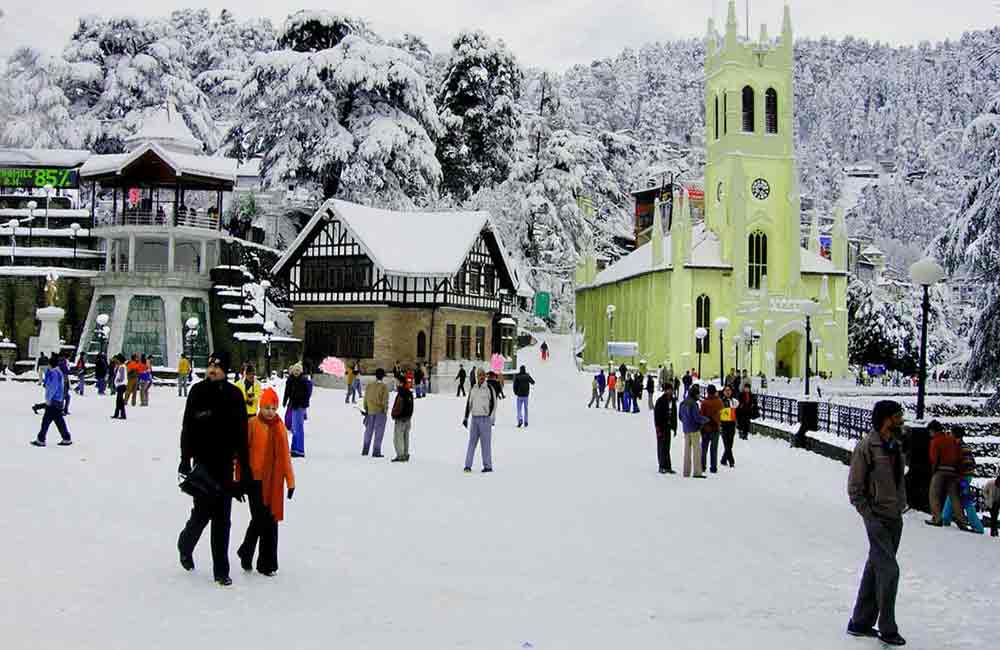
Explore the Wonderful Places to Visit in Manali, Himachal Pradesh - Your Ultimate Guide!
Ready for an exciting adventure? Discover the places to visit in Manali, Himachal Pradesh! From snowy mountains to lush valleys, there's something for everyone. Plan your trip now and explore
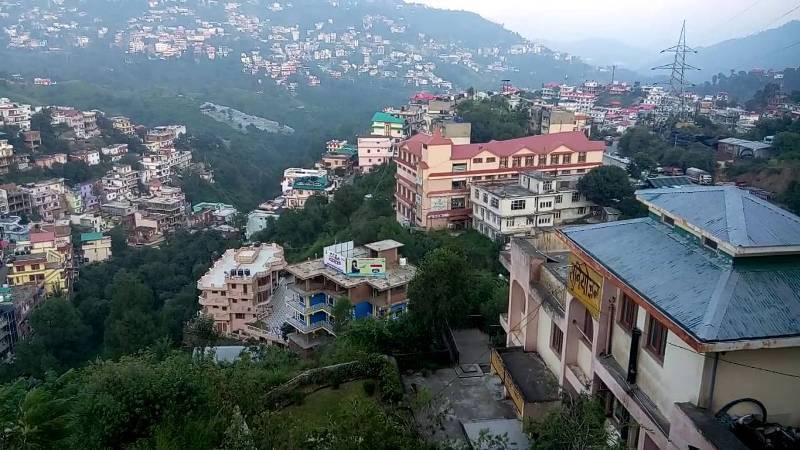
Places to Visit in Solan Himachal Pradesh - Explore the Best Tourist Spots
Discover the enchanting beauty of Solan Himachal Pradesh by exploring its myriad tourist spots. Whether you're seeking adventure or tranquility, Solan has something for everyone. From lush green valleys to
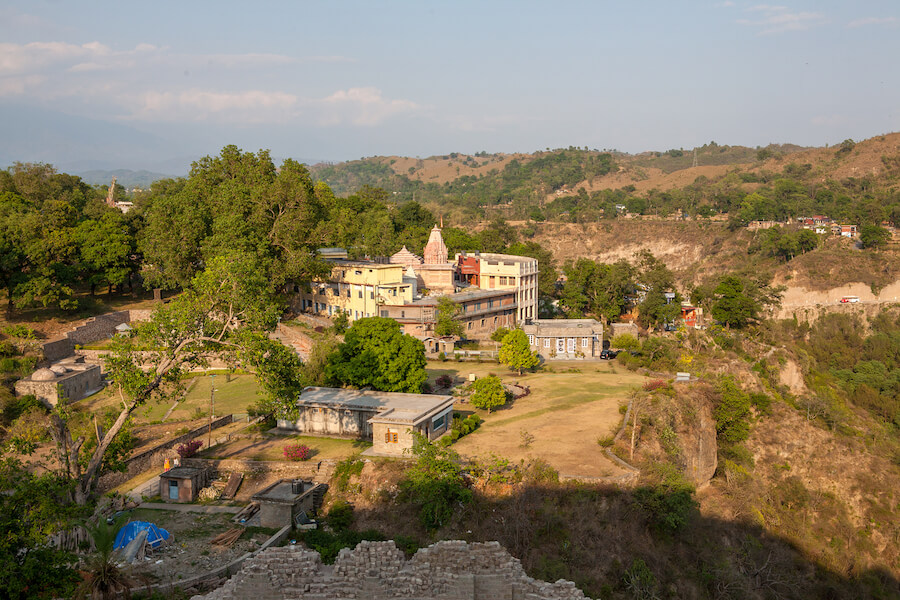
Discover the Best Places to Visit in Kangra, Himachal Pradesh: A Traveler's Guide
Ready for an exciting journey? Kangra, Himachal Pradesh welcomes you with open arms! Explore ancient temples, lush landscapes, and more in this enchanting valley. Let's uncover the best places to
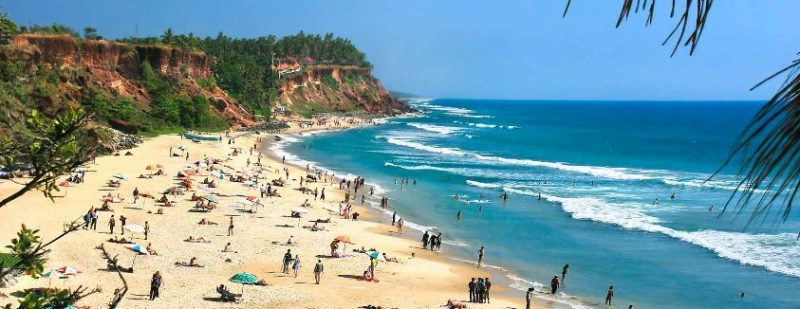
Explore Incredible Places to Visit in Varkala, Kerala: A Guide
Are you ready for an adventure? Varkala in Kerala is waiting for you! Discover the magic of this beautiful place with our guide to the best places to visit. From
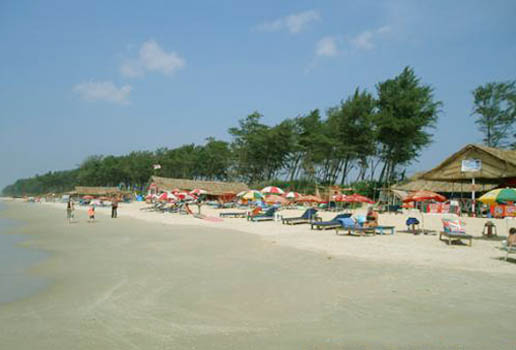
Explore Panaji, Goa: Discover the Best Places to Visit in the City
Ready for an adventure? Panaji, located in Goa, is packed with exciting places to visit. From ancient forts to picturesque beaches, there's never a dull moment in this lively city.
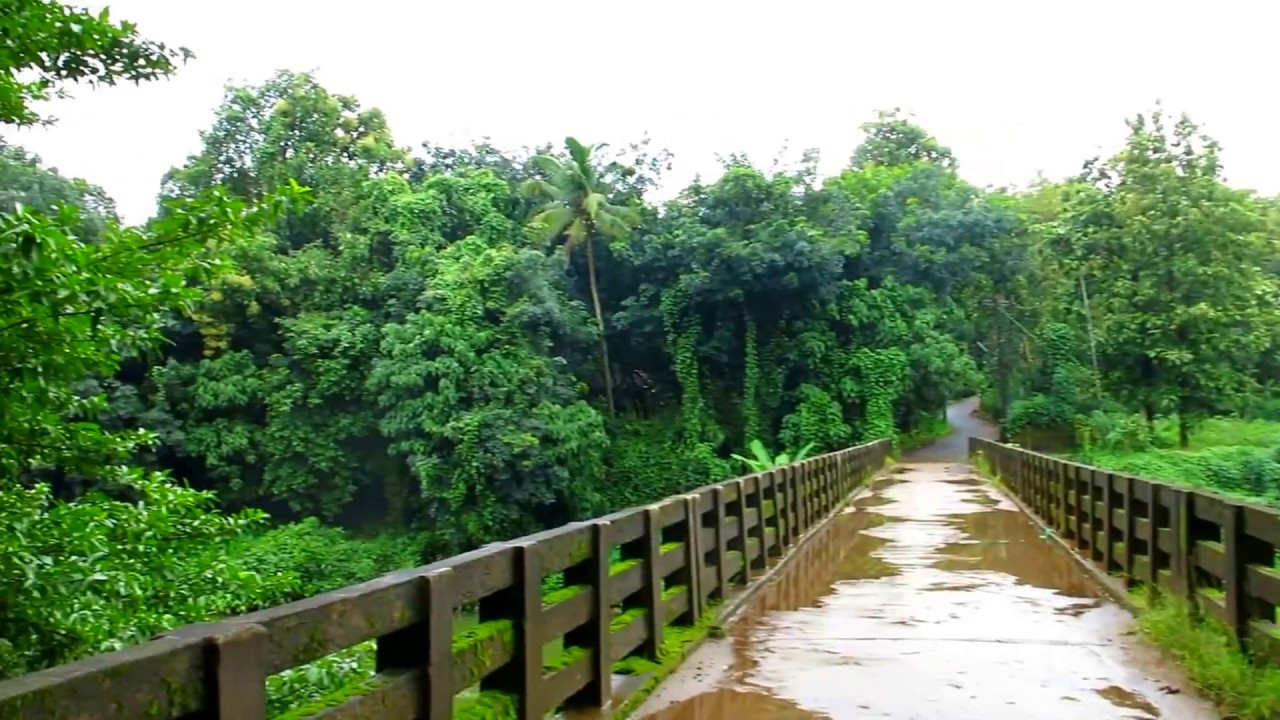
Explore the Best Places to Visit in Thrissur, Kerala – A Perfect Guide for Your Next Adventure!
Are you ready to explore Thrissur, Kerala? Get ready for an exciting journey through this vibrant city! Discover its rich history, stunning landmarks, and fascinating culture. With our guide to
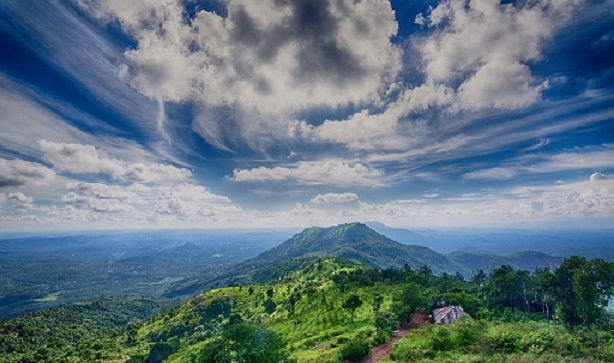
Explore the Best Places to Visit in Malappuram, Kerala - A Traveler's Guide
Dive into the beauty of Malappuram, Kerala with our ultimate travel guide! From picturesque beaches to fascinating historical sites, explore the best places to visit in Malappuram Kerala. Whether you're
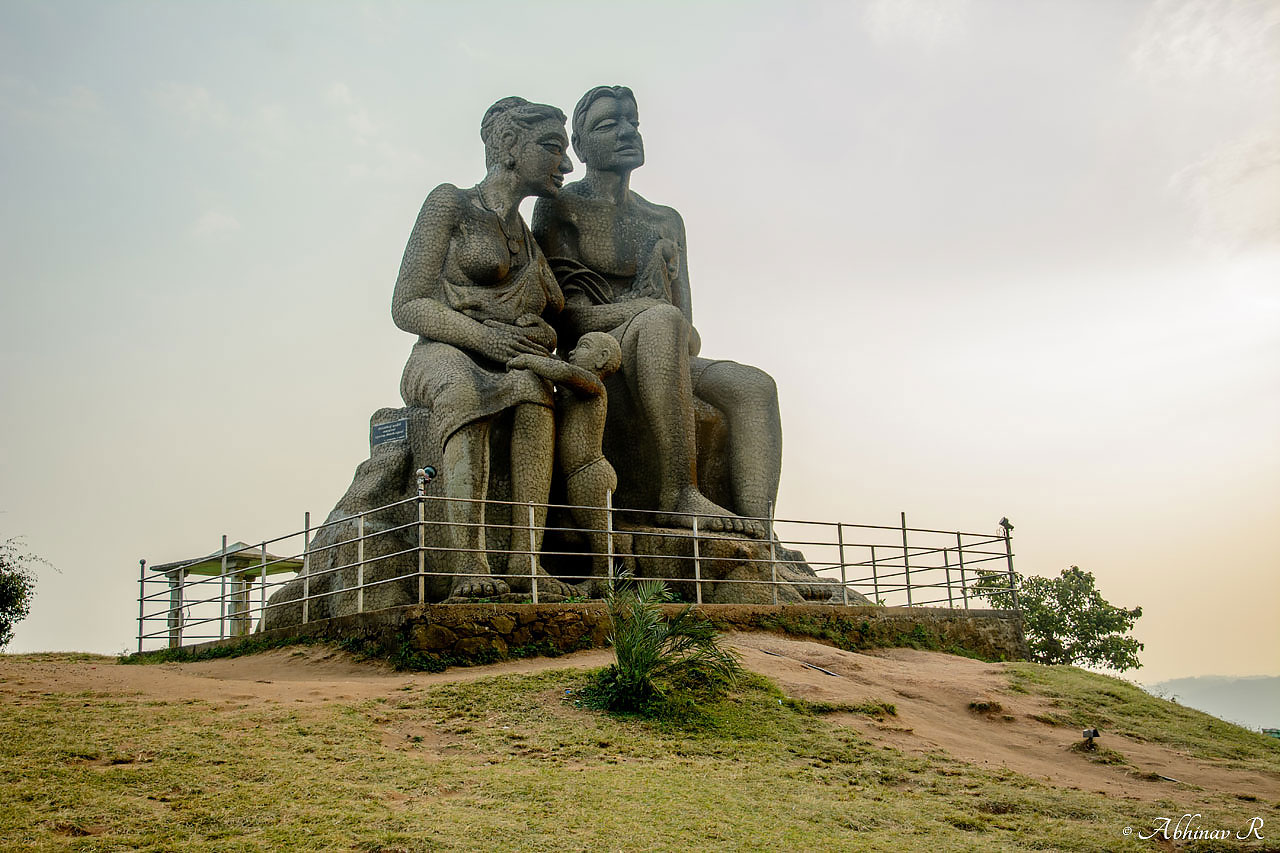
Explore the Best Places to Visit in Idukki, Kerala - A Traveler's Guide
Discover the mesmerizing beauty of Idukki, Kerala with our guide to the best places to visit. From breathtaking landscapes to serene lakes, explore the charm of this enchanting destination. Whether


